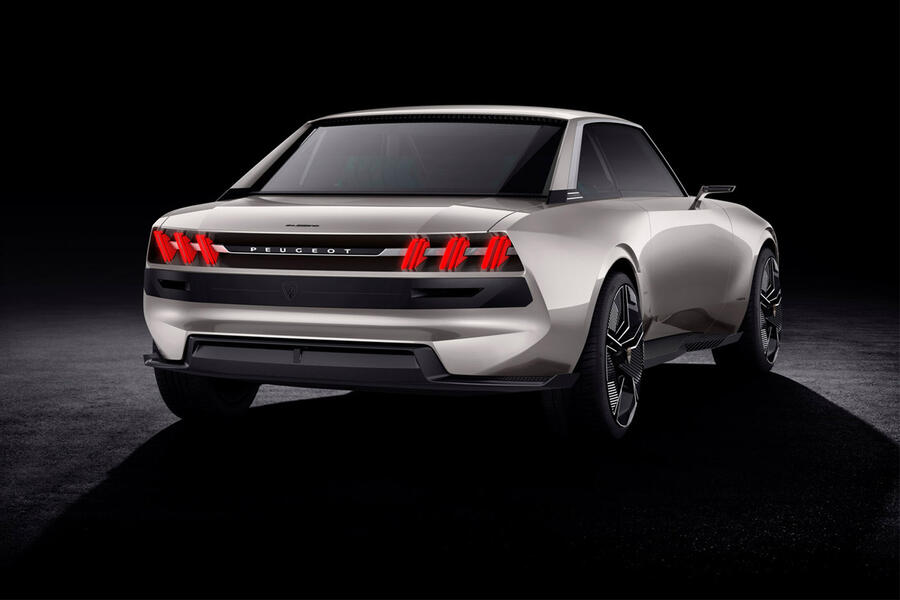Following a storied career at PSA, it was announced this week that Gilles Vidal would be stepping down as Peugeot's design director after 10 years.
Having helped transform the styling direction of the French brand, and overseeing some of its most eye-catching new models, including the 508 saloon and 208 hatchback, he now hands the reigns to successor Matthias Hossann and moves to Groupe Renault, where he will report to Laurens van den Acker. But what legacy does he leave for the new generation?
Autocar spoke to Vidal before his departure was announced, to find out what his thoughts were on future trends, the influence of autonomy on design, and what to expect from Peugeot next.
On the very day we spoke to Gilles Vidal, it became clear that the Geneva motor show, the best-loved and most open-minded of the European salons, wouldn’t be able to recover in 2021 from its shock cancellation in March, as many had hoped.
Manufacturers, shaken by the pandemic upheaval and scared by the impending cost of another Geneva, had just told the organisers they would be unlikely to support next year’s event, which came as quite a shock. Wouldn’t the lack of Europe’s most-loved motor show, we media types wondered, curb the very design progress that people like Vidal have always championed? Surely car creators need motor shows to display their wares and justify their existence? The Frenchman’s reply came as another surprise…
“Missing out on an event like Geneva – or Paris, with its one million visitors – is definitely a shame,” he says, “but I have to say it doesn’t matter all that much. Even if we never showed our concepts to anyone, they would still be amazing tools for investigating materials, colours and the sheer freedom of design.
“In any case, we now have digital communication working at a far higher level than ever before. And we can always hold Peugeot-specific events. So even without motor shows, we still have ways of showing our work to the public. Perhaps some of us will miss the physical encounter with outside people, but it’s far from being a disaster.”
Vidal should know. His impressive reputation at Peugeot is founded on a bold new design philosophy he brought to the marque soon after taking on its top design job in 2010 at the comparatively young age of 38, having worked for the 12 previous years on Citroëns. His first big design statement was a seminal Peugeot concept, a never-to-be-built roadster called the SR1, which ditched the previous ‘wide-mouthed frog’ look and gave perfect visibility to an under-the-skin move by Peugeot’s engineers towards high technology and lighter weight. But in our discussion, he surprised us again by firmly consigning the SR1 to history.




































Join the debate
Add your comment
It will be interesting to see
It will be interesting to see what he brings to Renault. The transformation of Peugeot (not simply a matter of design) makes we wonder what proper management could have done with Rover or Saab. Both Peugeot and Toyota are examples of what can be achieved when someone says 'enough, start doing this properly'. Although I can't live with the icockpit design so that puts them out of my shopping list.
Jon 1972 wrote:
I've never sat in or driven a current Peugeot but when driving any car, I've always tended to adjust the steering wheel to its lowest position so it sits in my lap. Perhaps the icockpit would suit me - I certainly like the look of it as I do the exteriors of all current Peugeots.